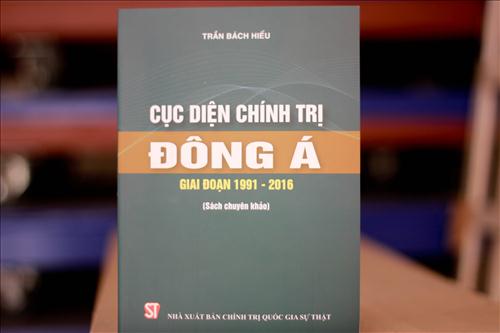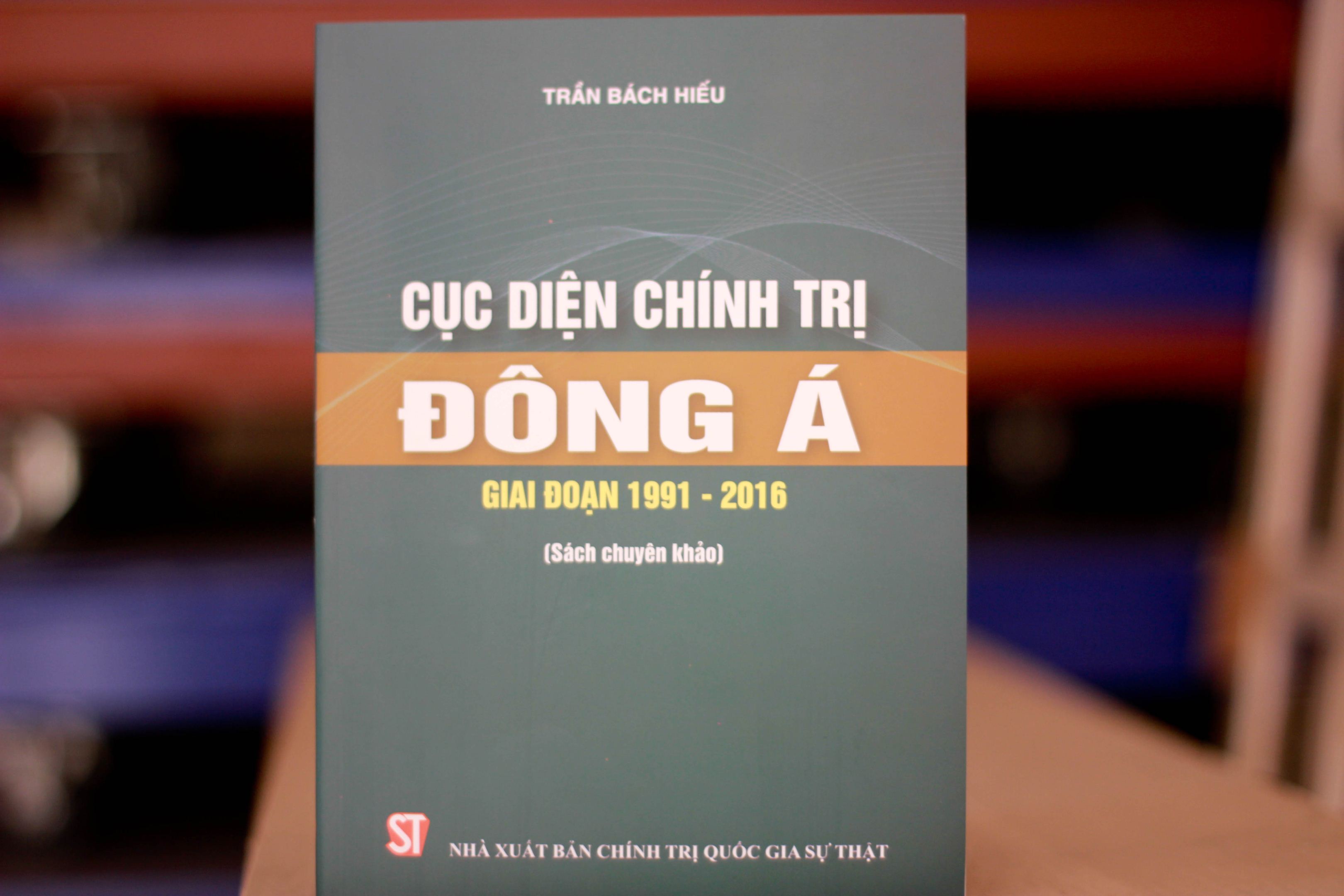

The year 1991 became a historical year marking the collapse of the Soviet Union and the end of the Cold War. After that, the world situation changed dramatically, and a process of force arrangement between the great powers took place to move towards a new world order. In particular, East Asia was the place where many important events emerged, affecting international relations and each country in the region. Author Tran Bach Hieu took that as the subject of research on the shift in position between countries and international organizations in the region.
Based on theoretical perspectives on international relations, the author divides the historical process in East Asia from 1991 to 2016 into three stages: 1). From 1991-2001, a "power vacuum" appeared in East Asia due to the collapse of the Soviet Union and the decline of US influence, creating opportunities for the rise of Japan and China, but "the political structure and appearance of the region remained unclear"; 2). From 2001 to 2009, the distribution of power was gradually carried out by major countries such as the US, Russia, Japan, China, and multilateral organizations such as ASEAN, ARF, APEC, all of which "became major chess pieces on the East Asian political chessboard"; 3). From 2009 to 2016, the policy adjustments of major countries created a “tripod structure with a rather tense appearance, little cooperation, and lack of trust” between three groups of actors: China, Japan / ASEAN, ARF, APEC / US, Russia. The author commented that “The political appearance in East Asia has emerged with colors that contain many tensions, the spirit of cooperation is not really high, and there are still many potential risks of conflict between groups of actors” (and even within each group of actors such as between China and Japan, between the US and Russia).
Vietnam is an East Asian country, an ASEAN member, has many historical relationships and is a strategic partner / comprehensive partner with major countries. Therefore, Vietnam faces many opportunities and challenges in the fluctuations of the political situation in the region. The author has devoted many pages to analyzing the advantages and disadvantages of Vietnam, emphasizing three major features in the response: correct perception of the regional and world political situation; effectively exploiting geopolitical advantages to create many opportunities for national development and enhance national position; pursuing a policy of "strategic balance" between major countries.
The book ends with 224 pages structured into 4 chapters, providing readers with a lot of basic and useful knowledge. The East Asian situation is still moving every day, every hour with countless events in which each country has a dominant role, and at the same time is dominated by the general situation. The author stops at the year 2016, of course there are still many issues to ponder, and the scientific work of Dr. Tran Bach Hieu is an open-minded contribution with valuable reference for students, graduate students, researchers and those interested in political issues and international relations in the East Asian region.
May 2017
Professor Vu Duong Ninh
Author:USSH
Newer news
Older news